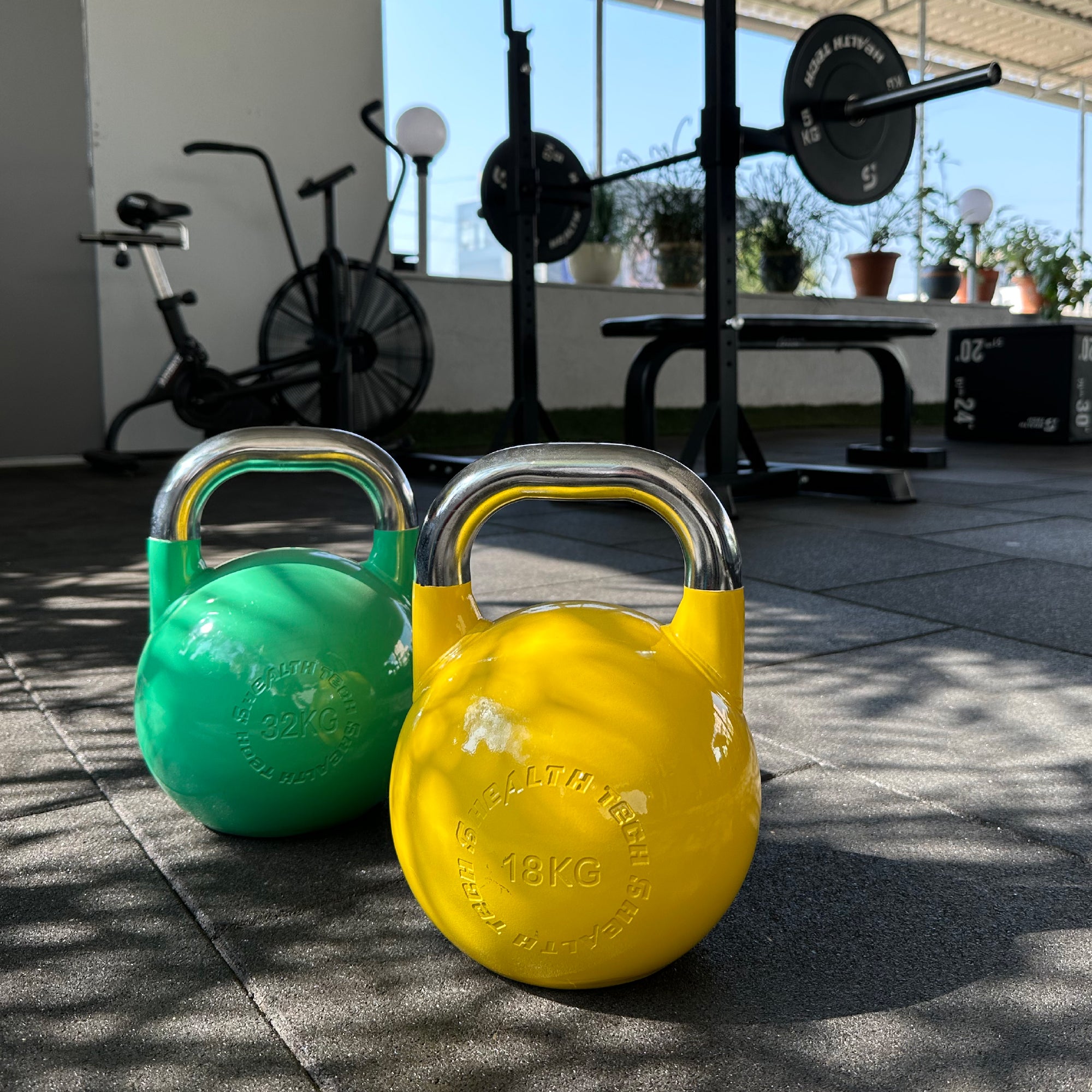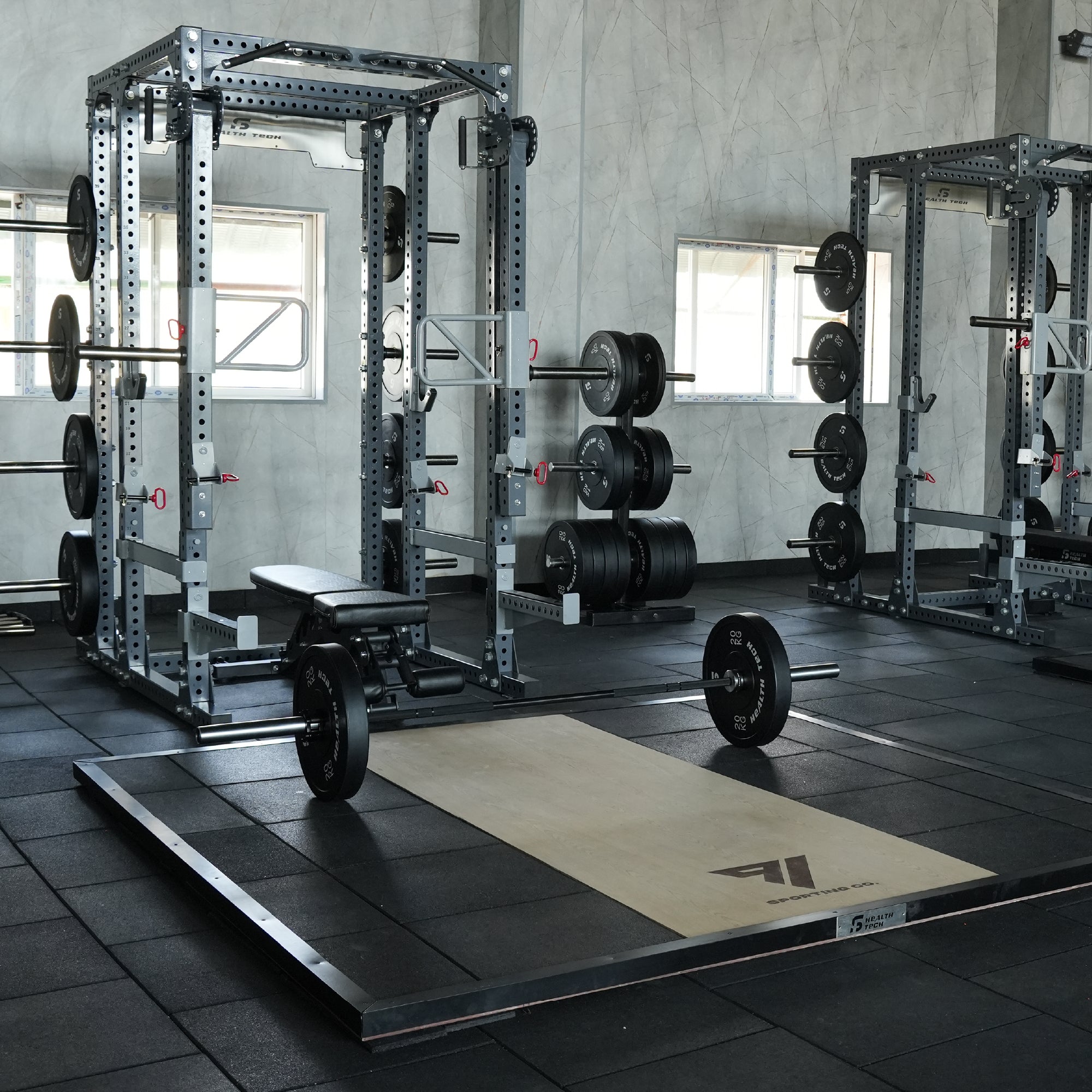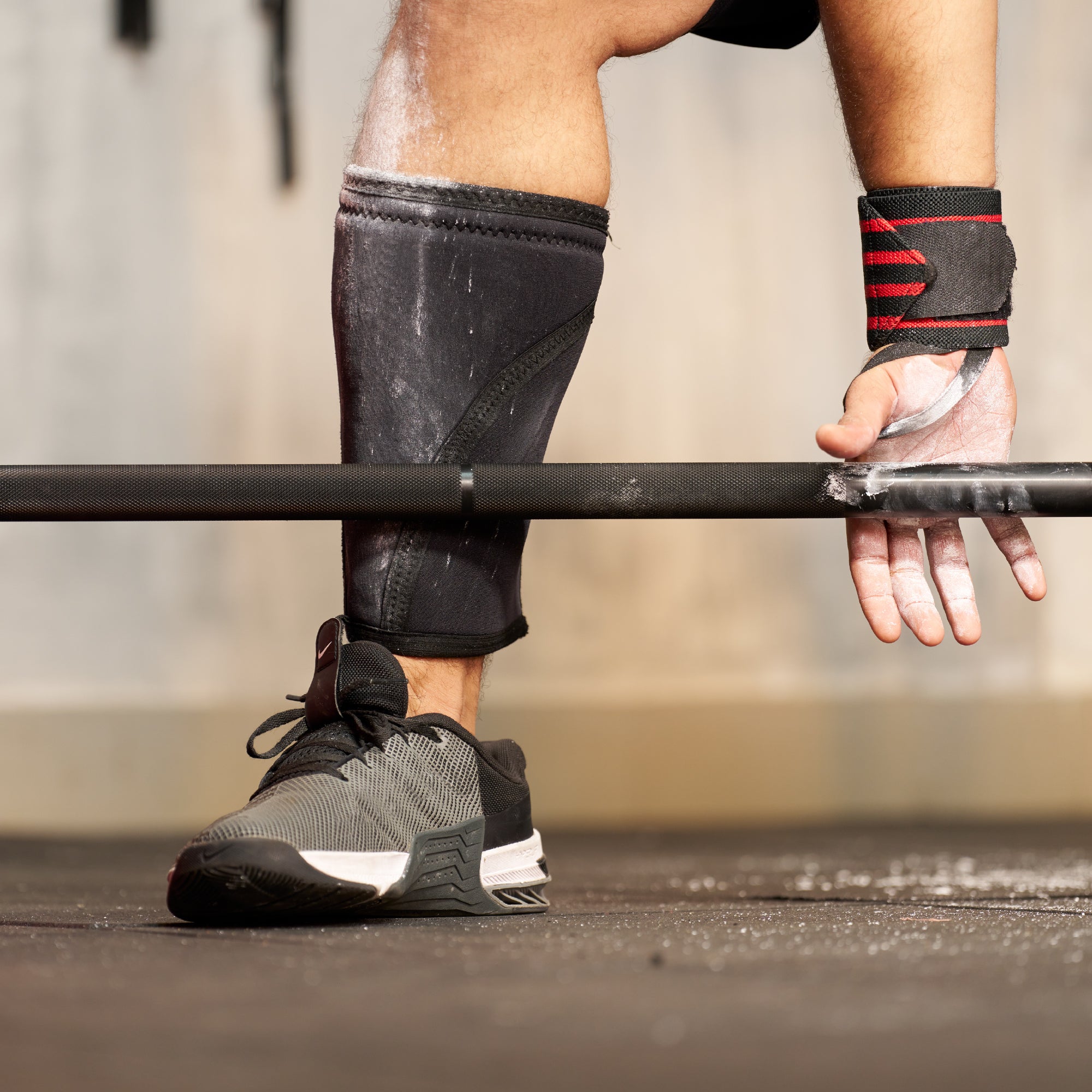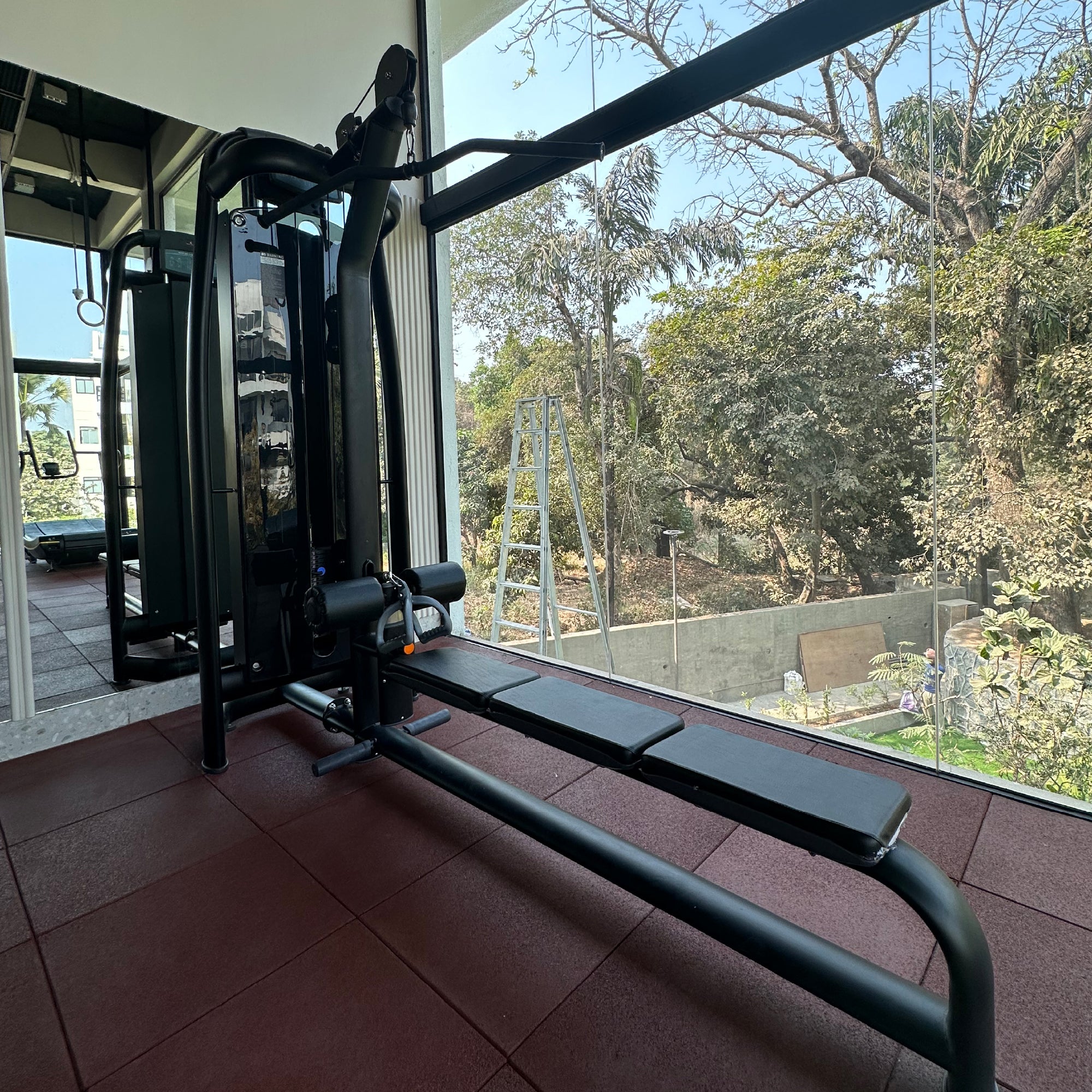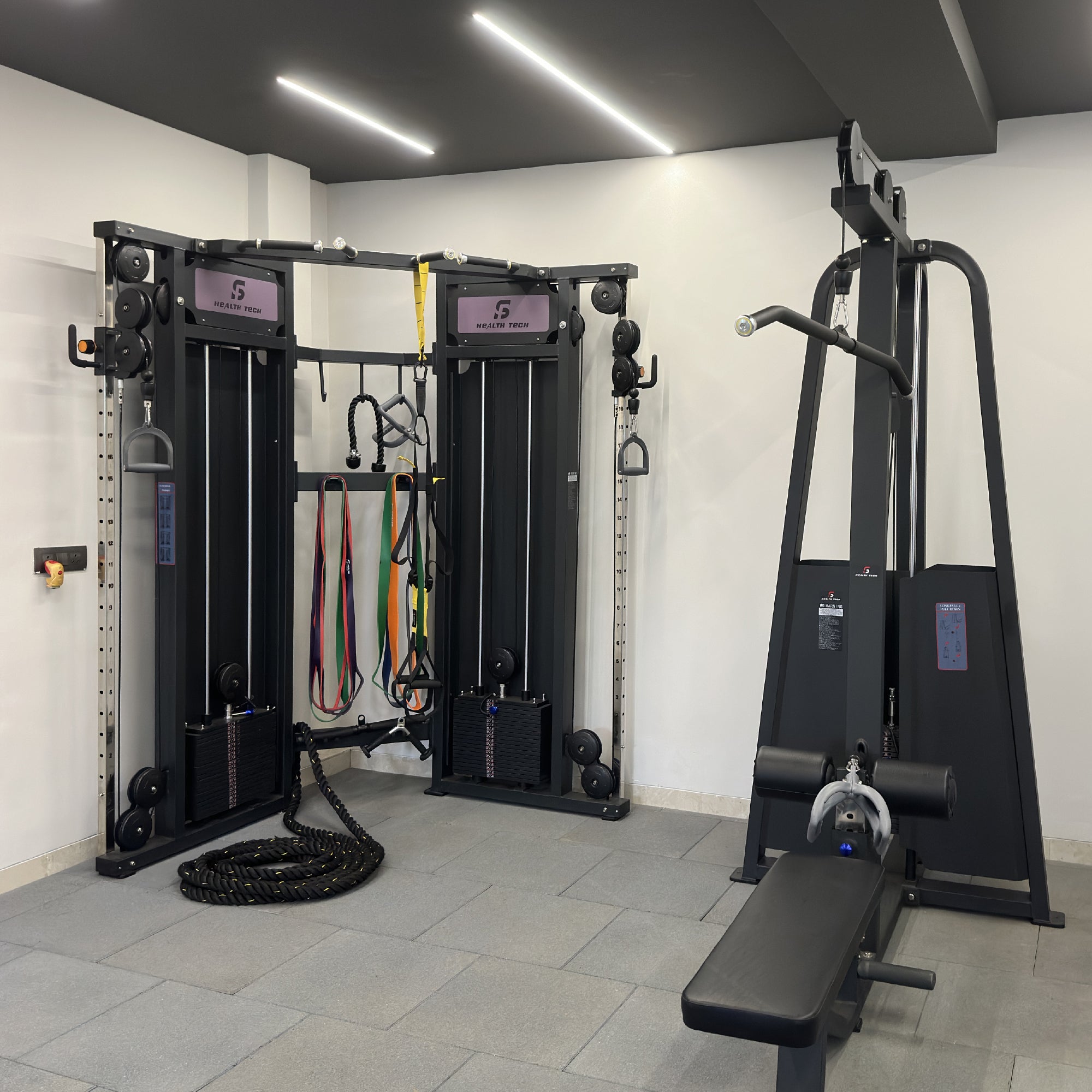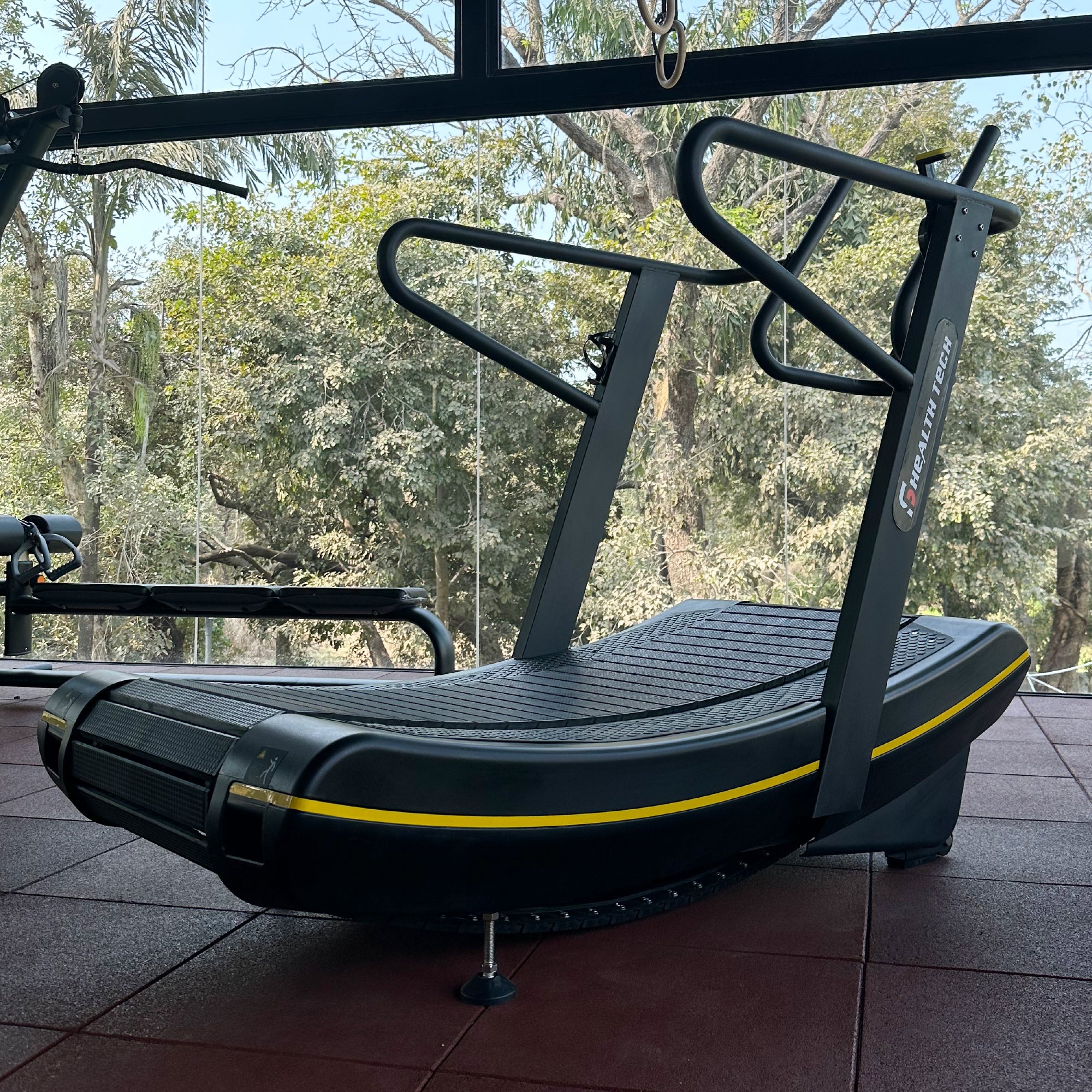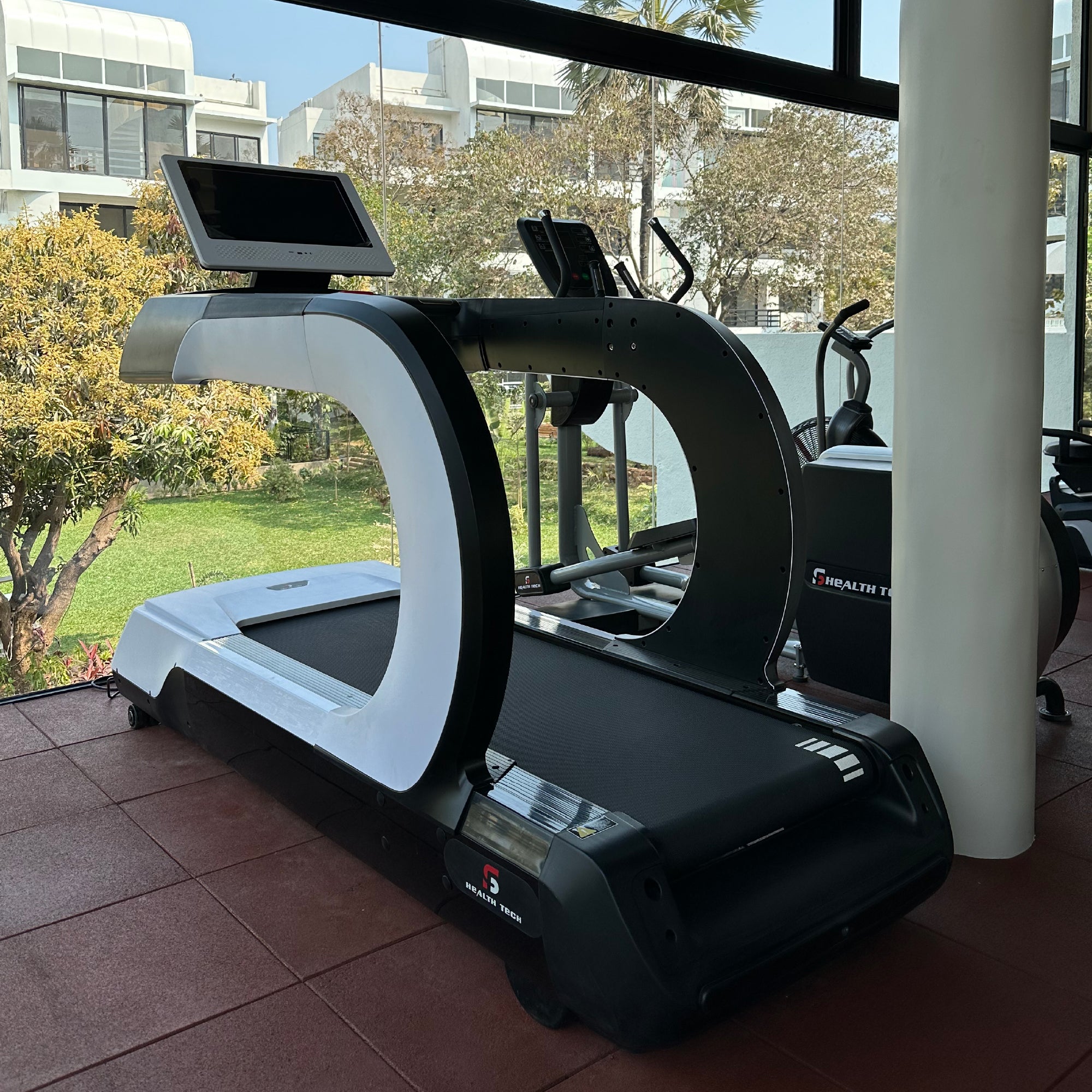How to Fix Muscle Imbalance? Causes & Its Effects

Are you noticing that one of your pecs looks more prominent than the other when you look in the mirror? Do the curls on each side of your bicep feel different? These could be signs of muscle imbalance, a common issue for both at-home and gym workout enthusiasts.
Don't let muscle imbalances hinder your fitness journey. Understanding muscle imbalance and learning how to address it will enable you to optimize your workouts and achieve a well-proportioned, sculpted physique. Let's dive into the topic of muscle imbalance together and work on restoring your strength and symmetry.
What is Muscle Imbalance?
Muscle imbalance is a disparity in the size, strength, or symmetry between opposing muscle groups. It can arise from various factors such as repetitive motions in daily activities, improper posture, overtraining specific muscle groups, and more. Even everyday activities like carrying a heavy bag on one shoulder can contribute to imbalances. These imbalances can manifest as pain, stiffness, and even injuries.
Understanding and addressing muscle imbalance can improve your overall performance, prevent injuries, and achieve a more symmetrical, sculpted physique.
What are the Causes of Muscle Imbalance?
Here are some of the common causes of muscle imbalances:
-
Poor Posture
Muscle imbalances occur when certain muscles become tight and overactive due to poor posture. This imbalance can lead to a reduced range of motion and discomfort or pain.
-
Handedness
Muscle imbalance results from handedness because the dominant hand is used increasingly, developing more robust and more developed muscles on that side. On the other hand, muscle asymmetry that can impact posture and raise the risk of injury can result from the non-dominant side's muscles being weaker and less coordinated.
-
Injuries
When the body experiences an injury, muscle imbalances can result. To compensate for the damaged area, certain muscles are overused and strengthened, while others become weaker due to inactivity. This disrupts the natural balance of muscle strength and coordination, increasing the risk of further strain and injuries.
-
Repetitive Movements
Muscle imbalances result from repetitive movements that repeatedly overwork some muscle groups while underusing others. This repetitive strain increases the risk of injury and postural problems, causing weaker, underused muscles on one side and overdeveloped, tight muscles on the other. These imbalances can be avoided by including balanced exercises and regularly changing up your routine.
-
Natural Development
During periods of natural growth, muscle imbalances can occur as various muscle groups may develop at different rates, leading to disparities in strength and coordination. Additionally, emphasizing specific movements or activities during childhood and adolescence can further exacerbate these imbalances. This emphasizes the importance of participating in a diverse range of physical activities to promote harmonious muscle development.
-
Inactivity
Muscle imbalance can result from inactivity because some muscles weaken and atrophy from lack of use, while other muscles may become too tight or hyperactive. Unbalances can arise in the absence of regular movement and exercise to preserve muscle strength and flexibility, resulting in poor posture, limited mobility, and a higher risk of injury.
By being aware of these potential causes, you can take steps to prevent muscle imbalances and understand how to strengthen weak muscles to maintain a healthy, symmetrical physique.
What Are the Effects of Muscle Imbalance?
Muscle imbalances can lead to several negative effects, including:
- Limited Mobility: When a specific muscle group is either tight or weak, it has the ability to limit the range of motion of the joint it operates. This restriction can lead to challenges when carrying out daily activities or engaging in exercises with correct posture and technique.
- Pain: Imbalances in muscle strength and flexibility can create excessive stress on joints and ligaments, potentially resulting in discomfort. This discomfort may be confined to the specific area of the imbalance or spread to other regions of the body.
- Unbalanced Appearance: One potential issue with muscle imbalances is that they can result in asymmetry, causing one side of your body to appear larger or more developed. This can be a source of concern for those who are particularly conscious of their physical appearance.
- Instability: Muscle imbalances can lead to reduced joint stability, potentially raising the likelihood of injury. This occurs as the weaker muscles are unable to adequately support the joint, resulting in heightened stress on the stronger muscles and connective tissues.
How to fix muscle imbalance?
Here are several tips on how to fix muscle imbalances:-
- Train Each Limb Independently: Use dumbbells or exercises that work each limb separately. This ensures both sides get equal attention, evening out any strength imbalances.
- Emphasize Mobility: Make stretching a regular part of your routine to improve your joint range of motion. This feels great, allows for better exercise form and helps prevent future imbalances.
- Target Your Weaknesses in Lifting: When you first start at the gym, prioritise exercises that focus on your weaker muscle groups. Give them the attention and energy they require to overtake your more powerful side.
- Incorporate Multi-directional Exercises: Don't get stuck in exercise routines that only move your body in one direction. Include exercises that challenge your muscles in multiple directions, like twisting and rotating. This mimics real-life movements and helps address imbalances from all angles.
- Maintain Proper Exercise Form: Prioritize perfect form over lifting heavy weights. Using incorrect forms can exacerbate muscle imbalances and increase the risk of injuries. Concentrate on executing movements with control and make sure that both sides of your body are equally engaged in the exercise.
- Prioritize Lagging Muscles Early: To get the most out of your workout, it's best to target your weaker muscles when you're feeling energized at the beginning rather than waiting until you're fatigued towards the end. This way, you can give them the attention and effort they need to make progress.
- Train Bilaterally for Symmetry: It's important to remember to always train both sides of your body equally. Regardless of your natural handedness, make sure to give both sides the same amount of attention during exercises. By doing so, you can prevent potential imbalances and promote overall symmetry and strength.
By incorporating these strategies into your routine, you can address muscle imbalances, improve your overall performance, and achieve a more symmetrical and sculpted physique. Remember, consistency is key!
FAQs
-
Is muscle imbalance permanent?
The good news is that muscle imbalances if causing chronic pain, don't have to be permanent.
-
Is muscle imbalance reversible?
Muscle imbalance can be reversed through targeted exercises, stretching, and corrective movements. These are designed to strengthen weak muscles and lengthen tight ones. Consistent effort and proper technique can restore balance and improve overall muscle function over time.
-
What are the symptoms of muscle imbalance?
Common symptoms include postural issues like rounded shoulders or forward head posture, specific muscle or joint pain, reduced range of motion, and feelings of weakness or instability during certain movements.
-
Do muscle imbalances fix themselves?
Muscle imbalances won't resolve on their own. To correct them, focus on strengthening the weaker muscles through targeted workouts. Begin by integrating exercises for both sides into your routine.


